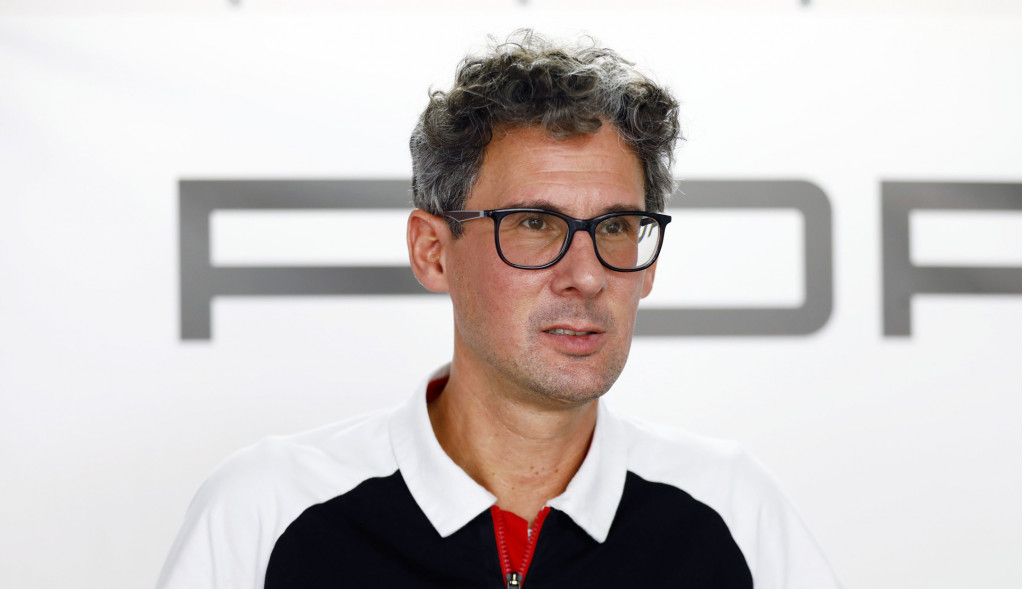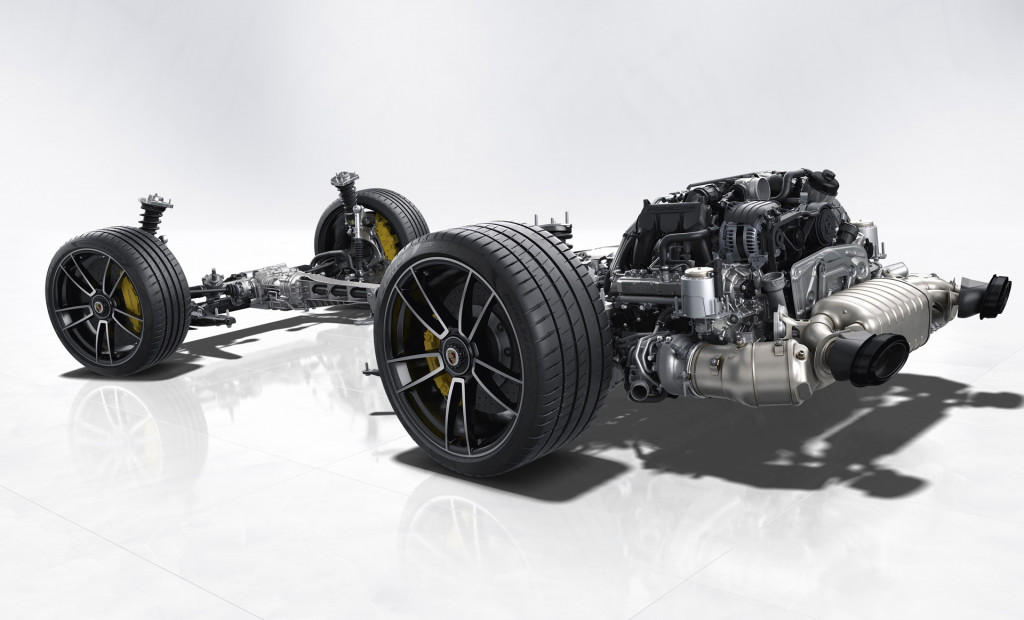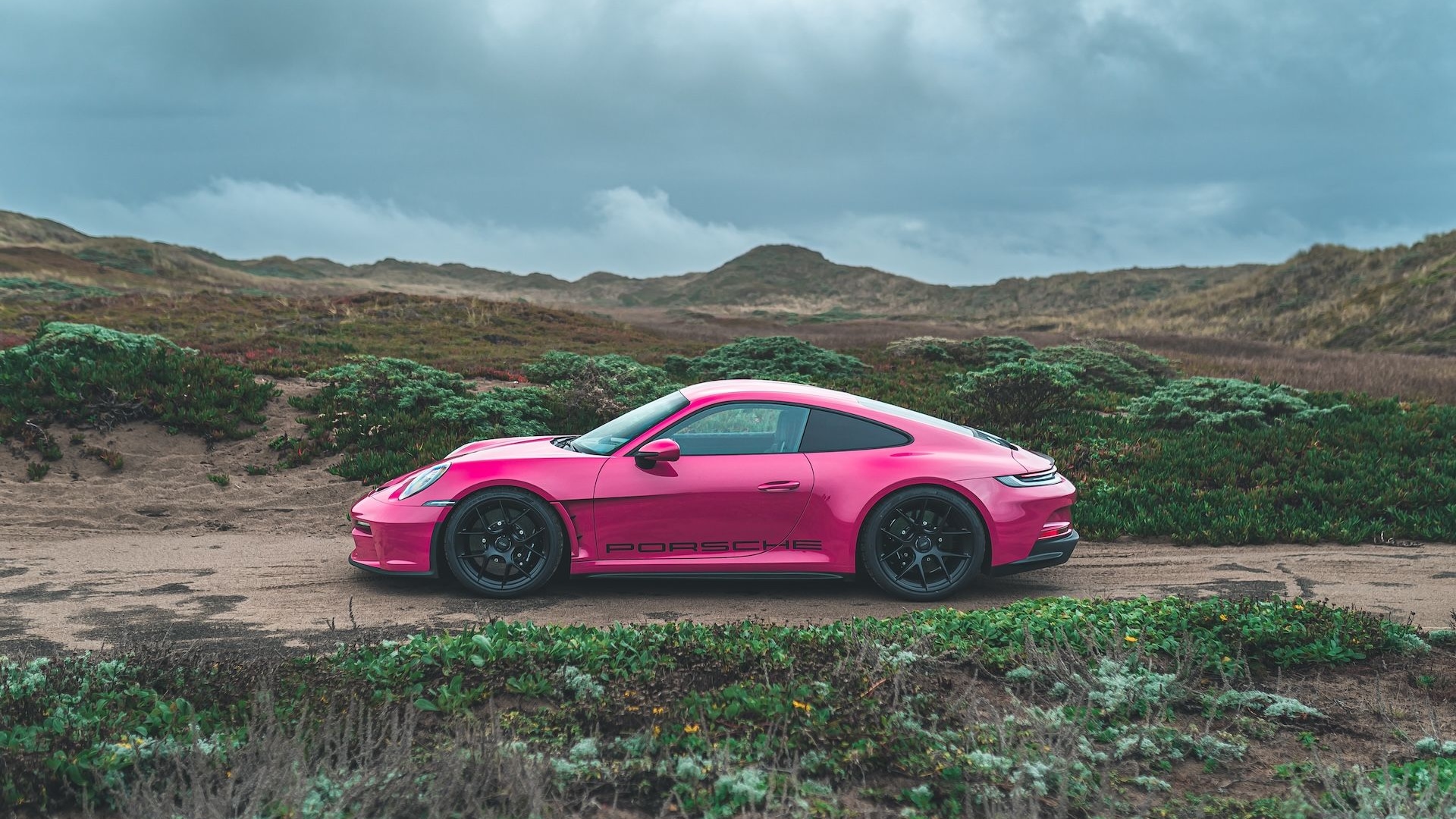Internal-combustion engines have shrunk dramatically over the past decade as a result of ever-stricter emissions regulations, but this trend will not only cease but go into reverse in the coming years according to a top Porsche engineer.
In an interview with Wheels published Monday, Frank-Steffen Walliser, Porsche's chief engineer for the 911, said new EU7 emissions regulations to be introduced in Europe in 2026 will result in bigger engines coming back. They will still be mostly turbocharged though, and exhaust after-treatment systems will play a much more important role.

Frank-Steffen Walliser
"I expect 20-percent more displacement on average for these EU7-capable engines,” he said. “A lot of manufacturers will jump from four to six, from six to eight (cylinders)."
According to Walliser, the new rules will put limits on relative power per liter of displacement, which will block automakers from introducing tiny, turbocharged engines with high outputs that often generate much more emissions in real-world driving than they do in the lab. The aim is to more closely align the real-world and lab results.

992-generation Porsche 911 Turbo S rolling chassis
“This will be the worldwide toughest regulations considering emissions, especially in the spread between real-driving emissions and what we see on the test benches," he said.
Of course, with bigger engines, emissions will also increase. To combat this, Walliser said bigger, more complex catalytic converters will need to be installed. We're talking three to four times bigger.

2020 Porsche 911 Carrera twin-turbo 3.0-liter flat-6
Worryingly, though it shouldn't come as much of a surprise, Walliser said the days of naturally aspirated engines were coming to an end. He indicated a shelf life of about 10 more years.
The good news is that Porsche is committed to keeping the internal-combustion engine alive as long as possible, even if that means cars will be required to feature turbocharging and electrification.



